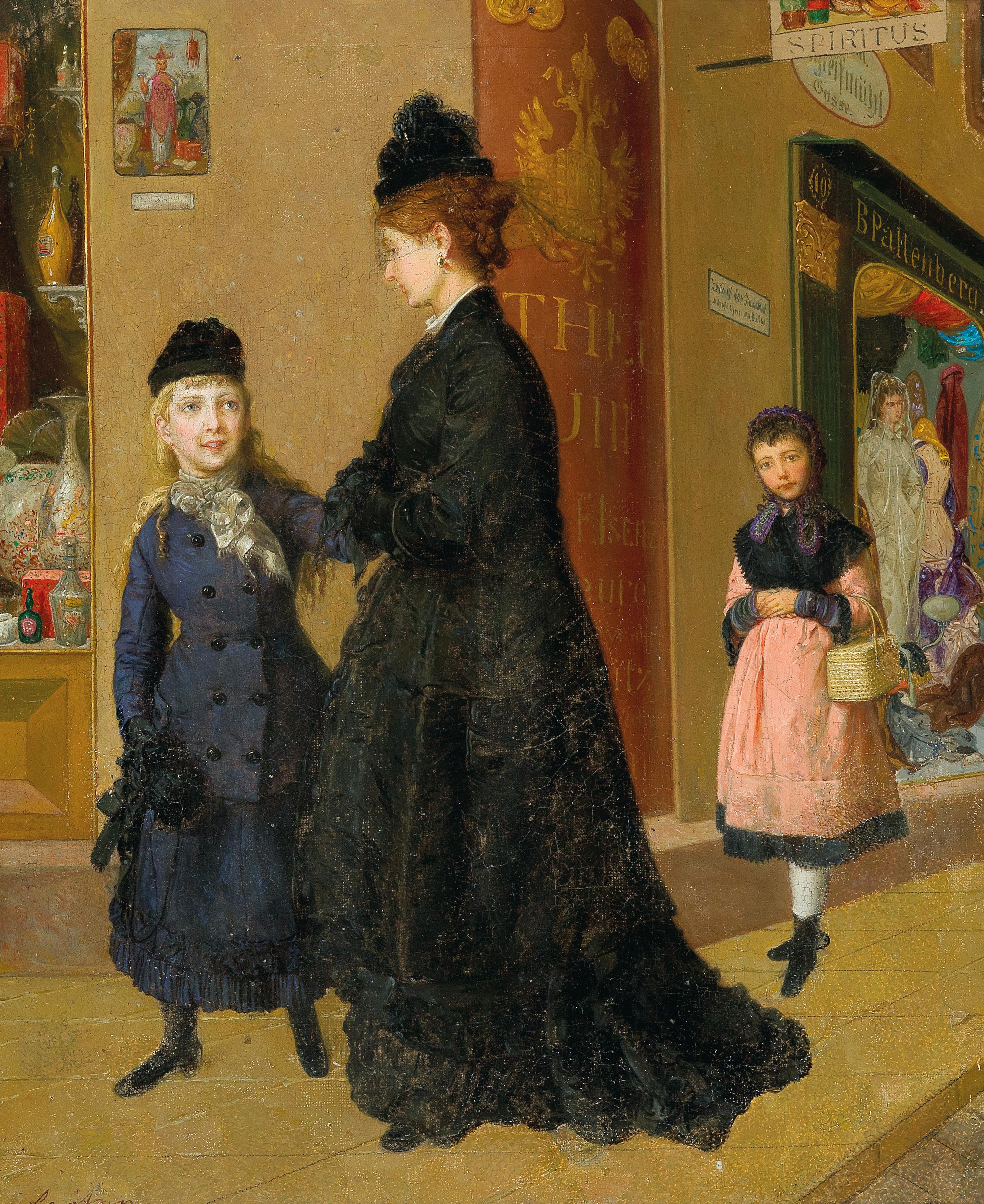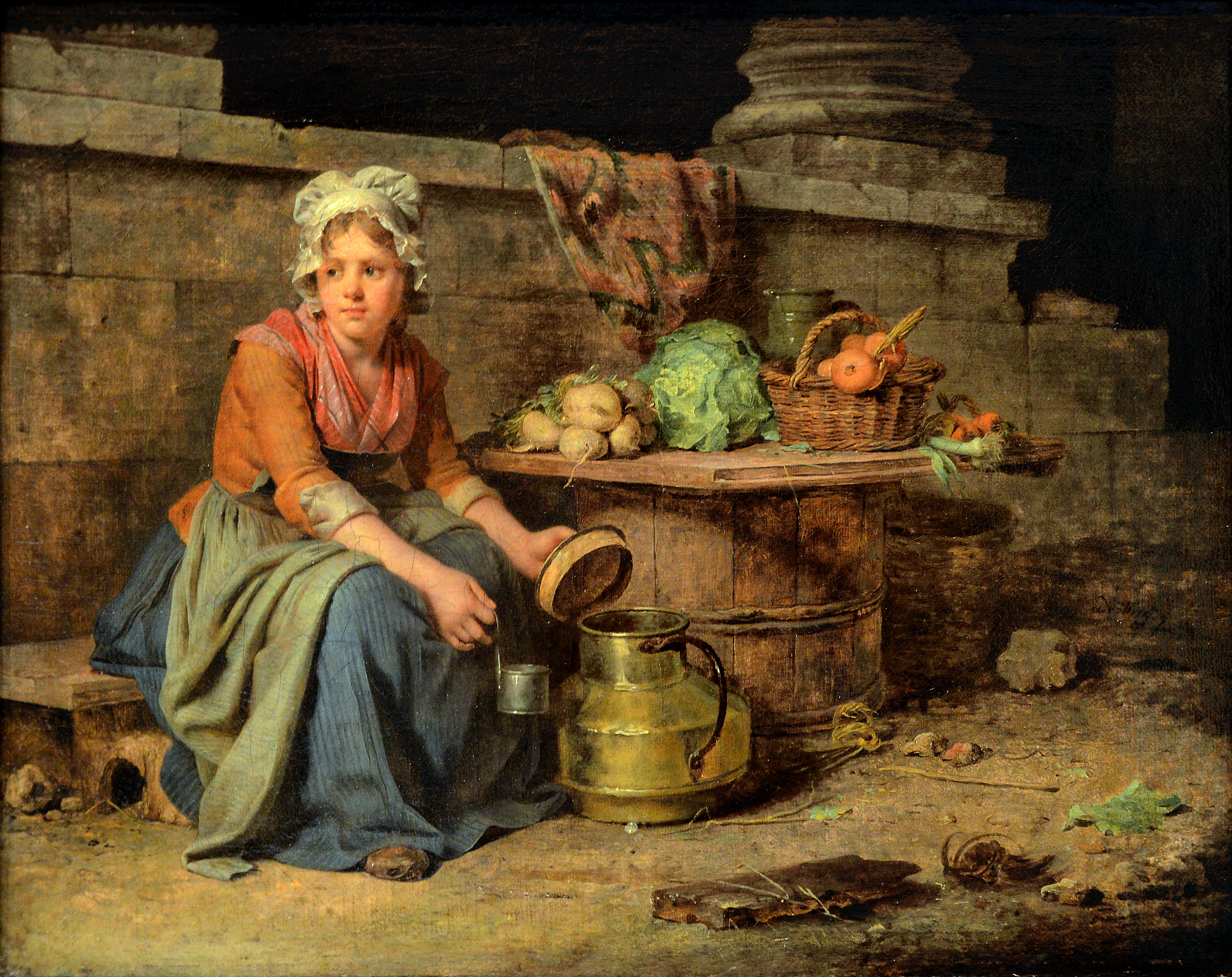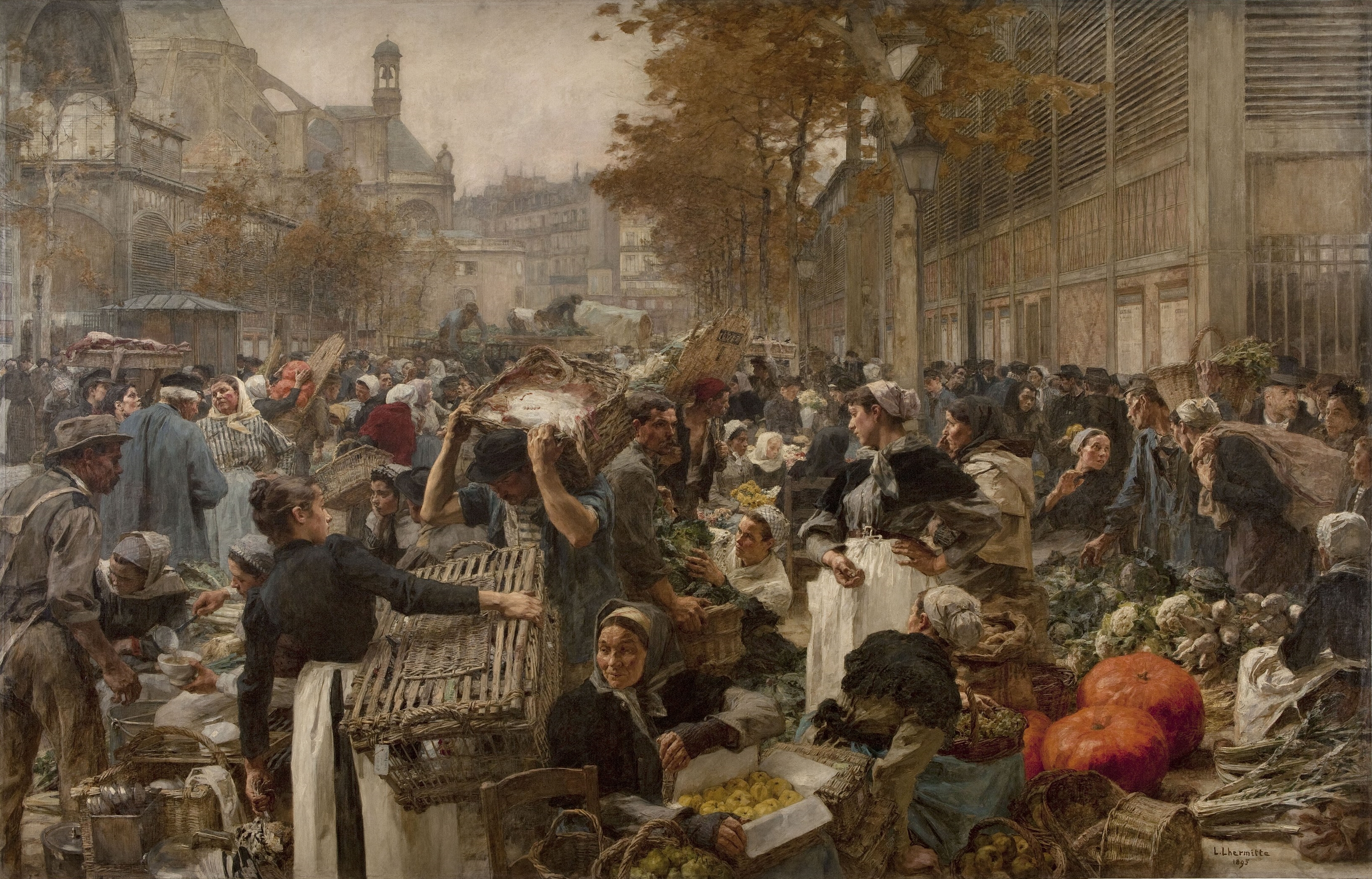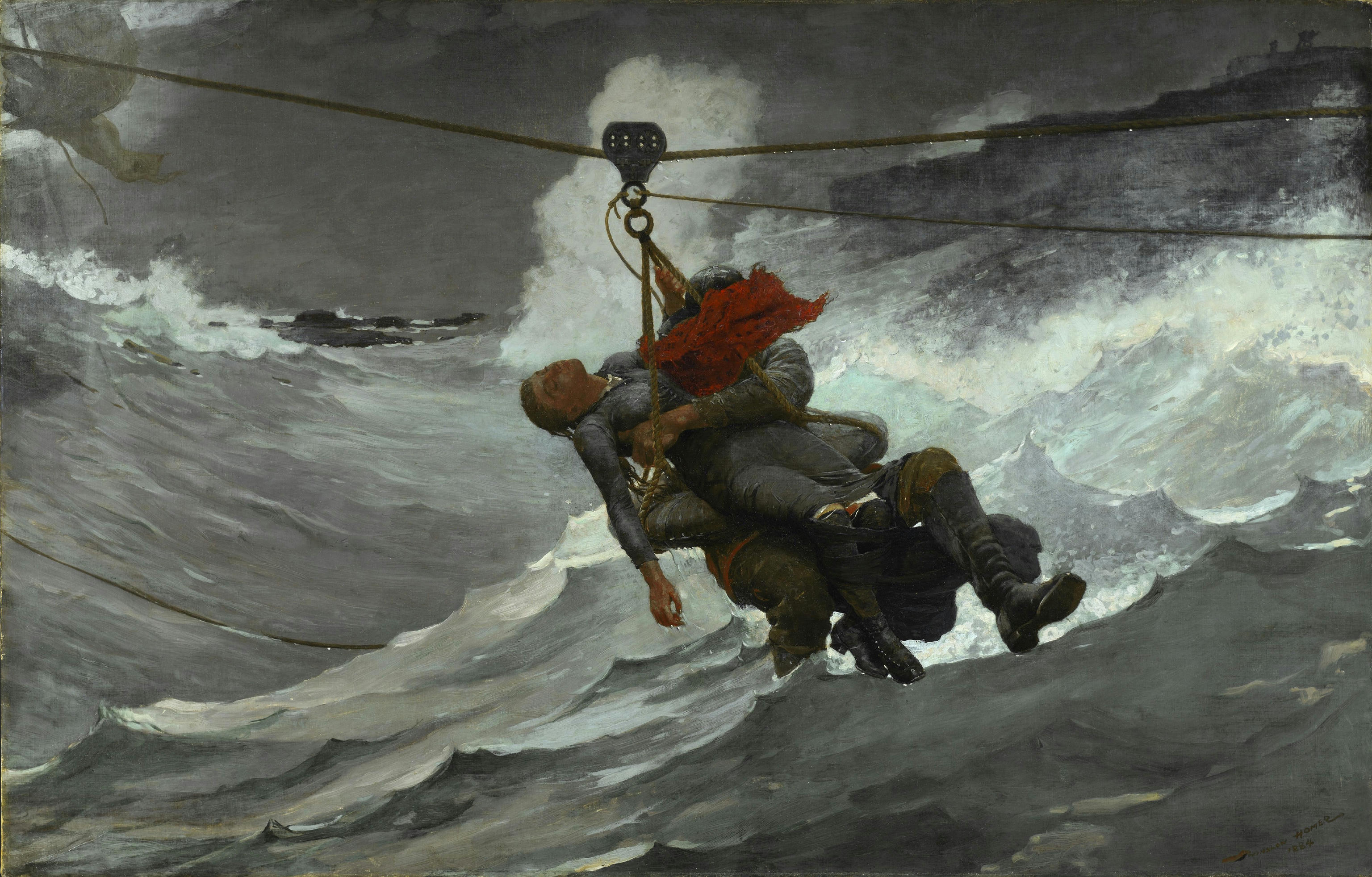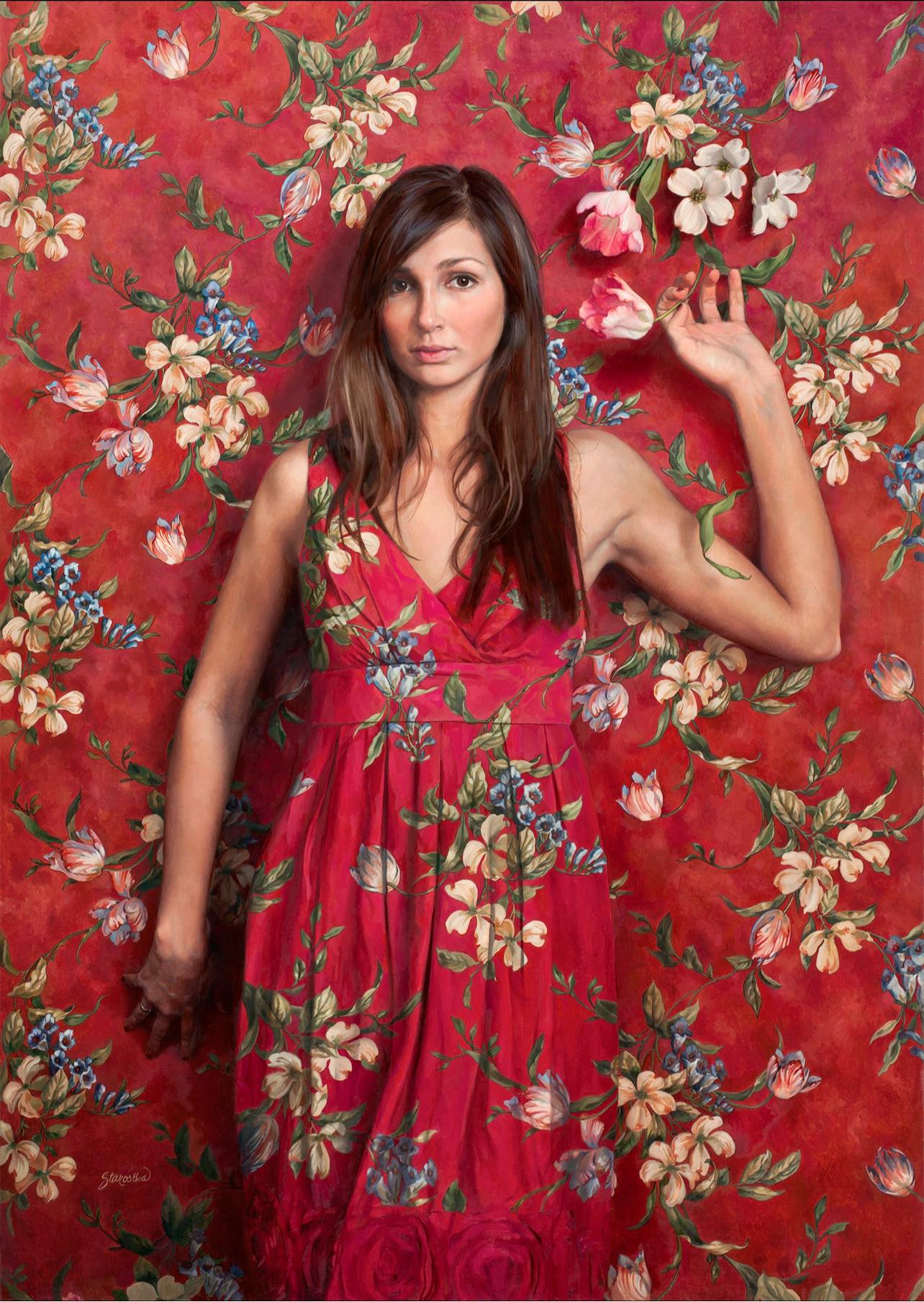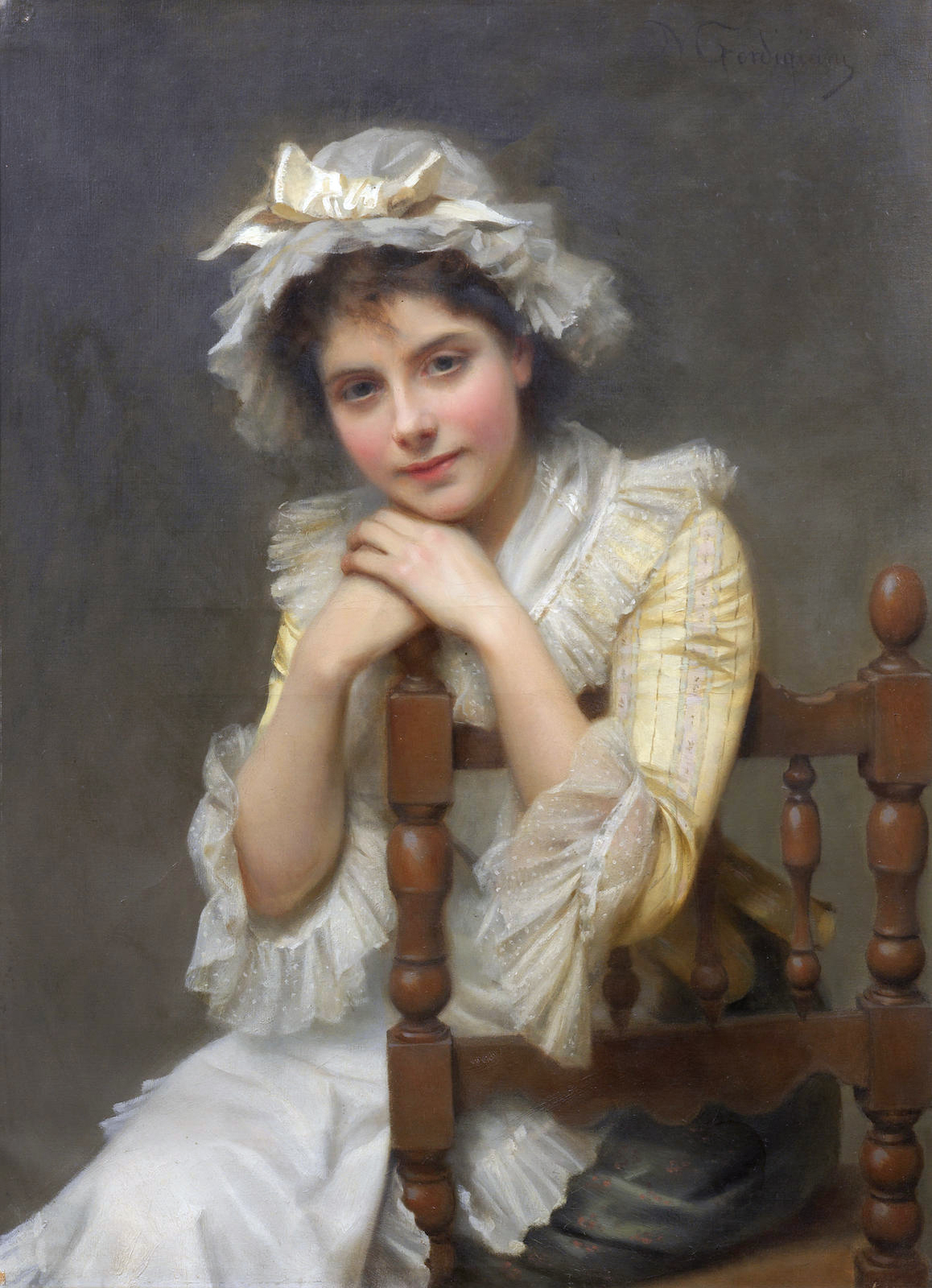Johann Baptist Reiter (28 May 1813, Linz - 10 January 1890, Vienna) was an Austrian portrait and genre painter of the Biedermeier period.
His father was a master carpenter. He spent three years as an apprentice at his father's company, painting furniture, signs and crosses.
Encouraged by the lithographer and art dealer, Josef Hafner, he enrolled at the Academy of Fine Arts, Vienna.
His teachers there included Leopold Kupelwieser and Thomas Ender.

